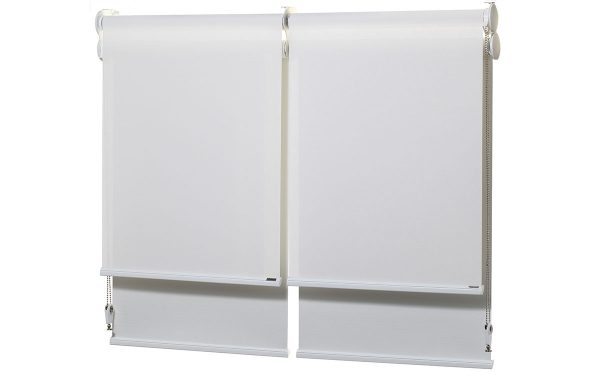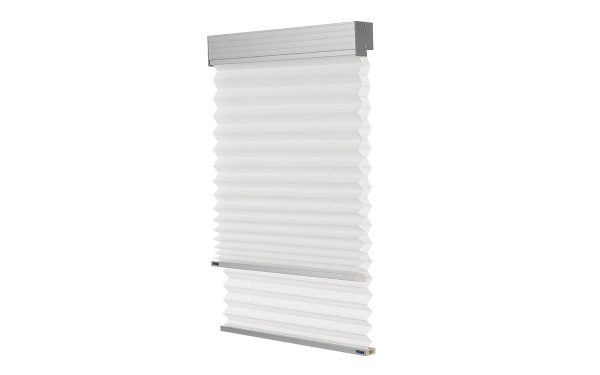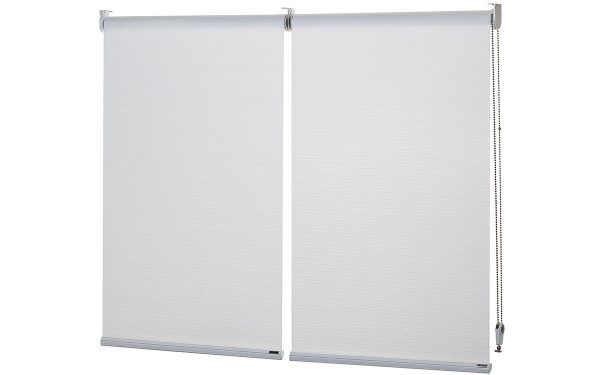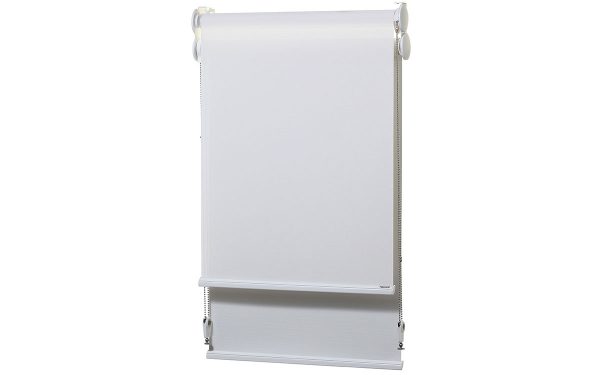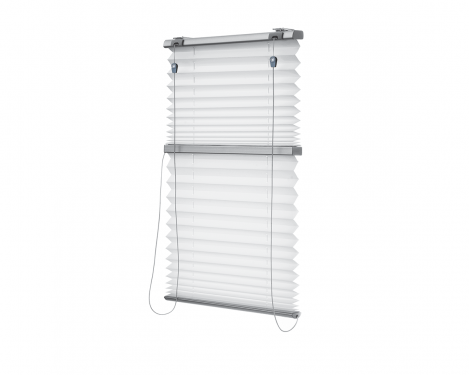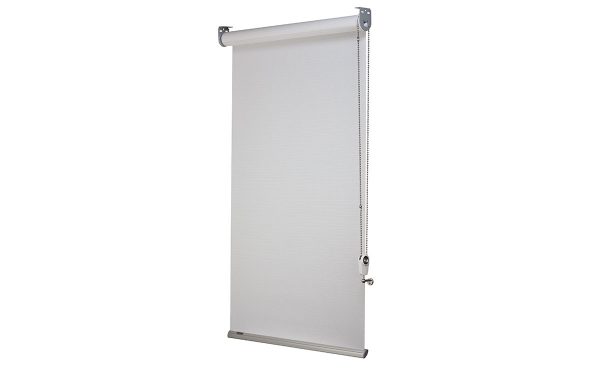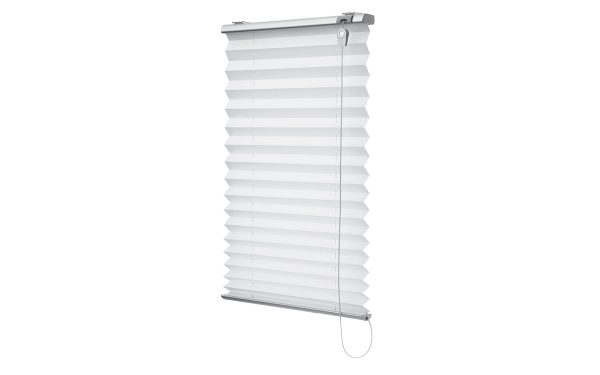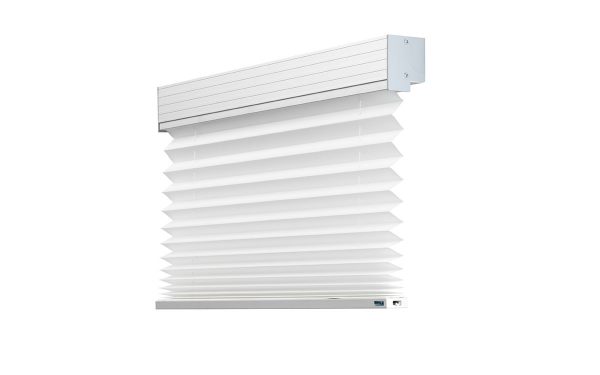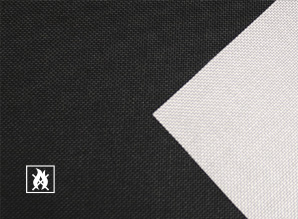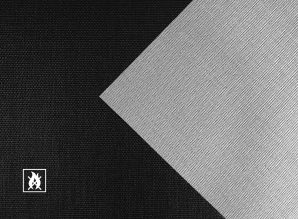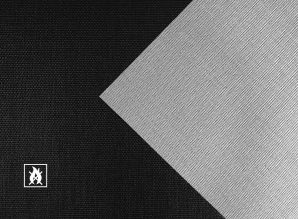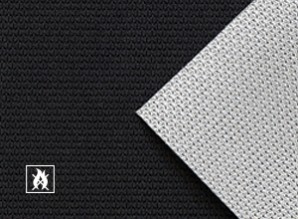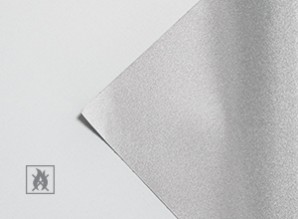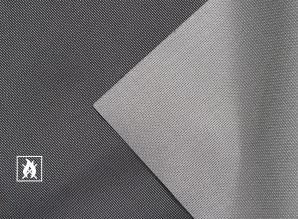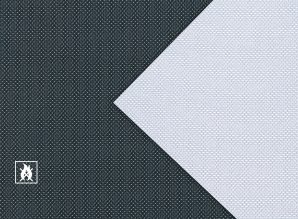Window Coverings – A Key Component of Environmentally Sustainable Design
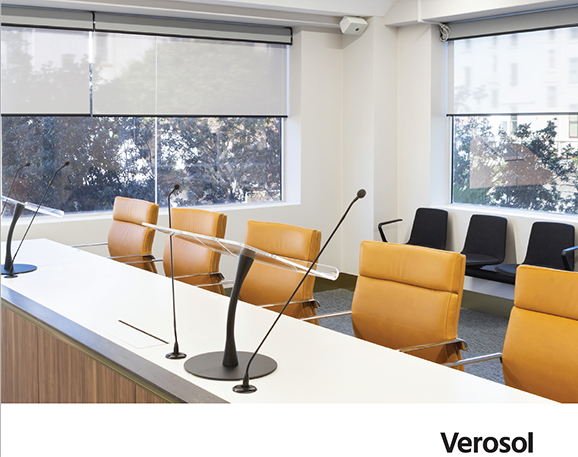
While ESD requirements have relevance to all types of building products and materials, this whitepaper is concerned exclusively with blinds and window coverings, and the ways in which they can help specifiers meet them.
Outlining why these products should rightly be considered environmentally friendly, it shines a light on the ones that represent the right choice for those intent on helping secure a sustainable future.
Whitepaper Details
Sustainable Design Frameworks & Sustainable Management Plans
ESD frameworks cover ten key categories: indoor environment quality, energy efficiency, water efficiency, stormwater management, building materials, transport, waste management, urban ecology, innovation, construction and building management.
Though sometimes overlooked in the context of sustainability, blinds and window coverings have a key role to play. High quality products of this type, specified appropriately, can help projects meet several of the above metrics, particularly Indoor environment Quality, Building Materials, and Energy Efficiency.
Indoor Environment Quality
‘Indoor Environment Quality’ refers to components and designs that enhance the comfort and wellbeing of occupants, and ensure that factors like air quality, thermal comfort, acoustic comfort, and the presence of natural light are optimised.
Like many other building materials, window coverings that include such chemicals can contribute to SBS. Ensuring they don’t means using only products certified as containing low levels of VOCs. Relevant certifications to seek out include low VOC certification from Greenguard and Greenguard Gold, EPD – Environmental Product Declarations, HPD – Health Product Declarations, GreenTag, and Green Star.
Energy Efficiency
Blinds and window coverings can have their biggest impact within the Energy Efficiency category of ESDs.
What Types of Window Coverings are the Most Effective?
How are specifiers to distinguish between the various products available? What types of window coverings lead the field in terms of Building Materials, Indoor Environment Quality, and Energy Efficiency?
In terms of Energy Efficiency, the key consideration is material. Put simply, window coverings made from metallised fabrics improve thermal efficiency, and consequently cut HVAC costs and carbon emissions, more effectively than products made from any other materials. In fact, according to research by Verosol, window coverings featuring metallised fabrics can reflect up to 85% of solar radiation and energy consumption by up to 20%.
To find out more, Please Download the Whitepaper …
